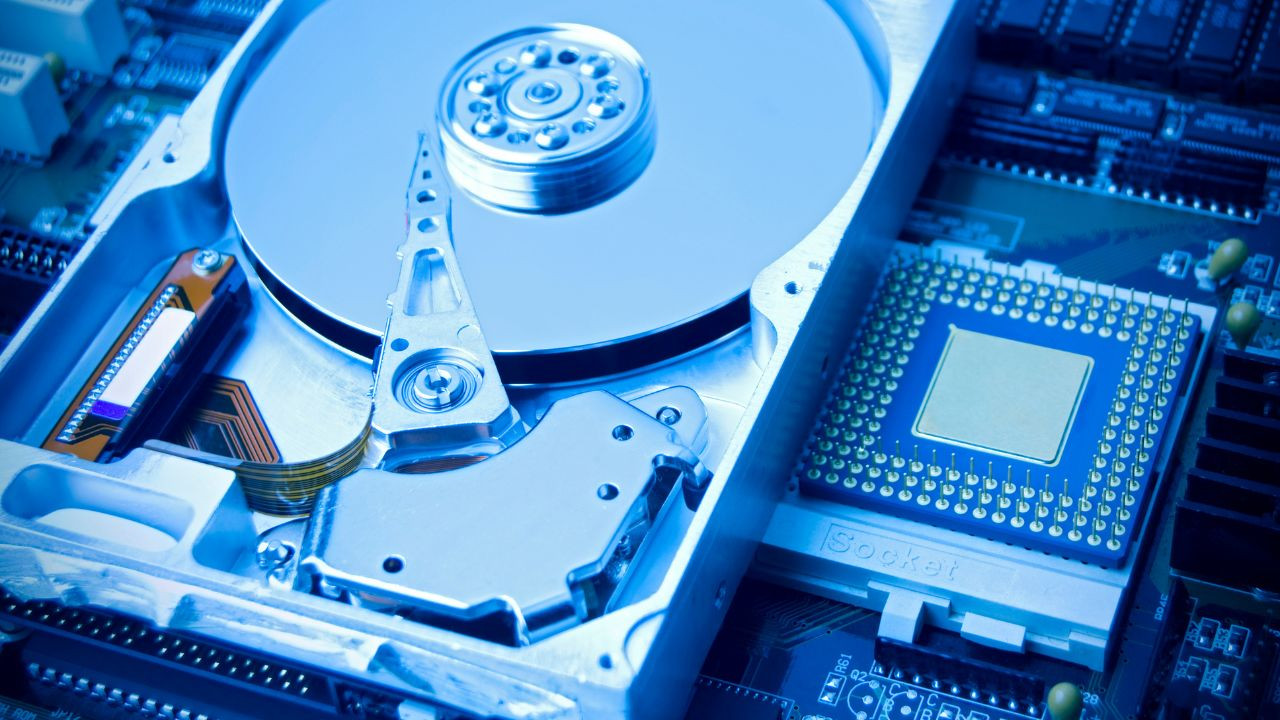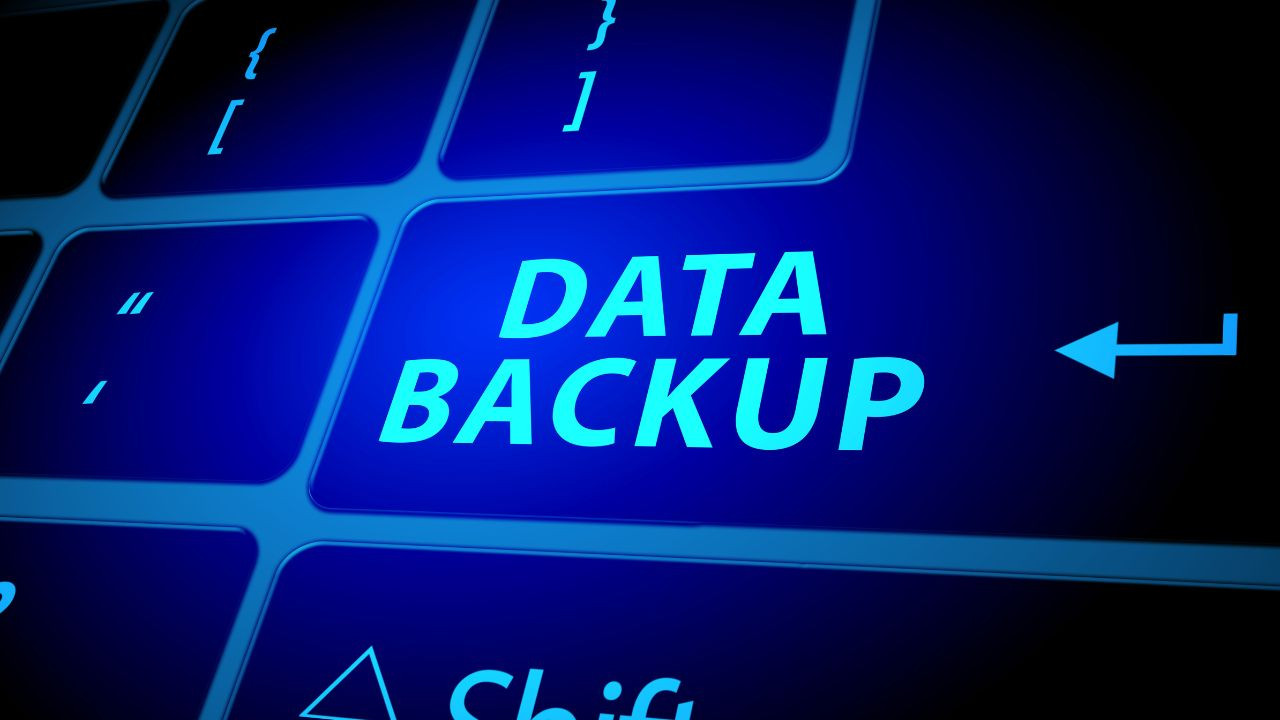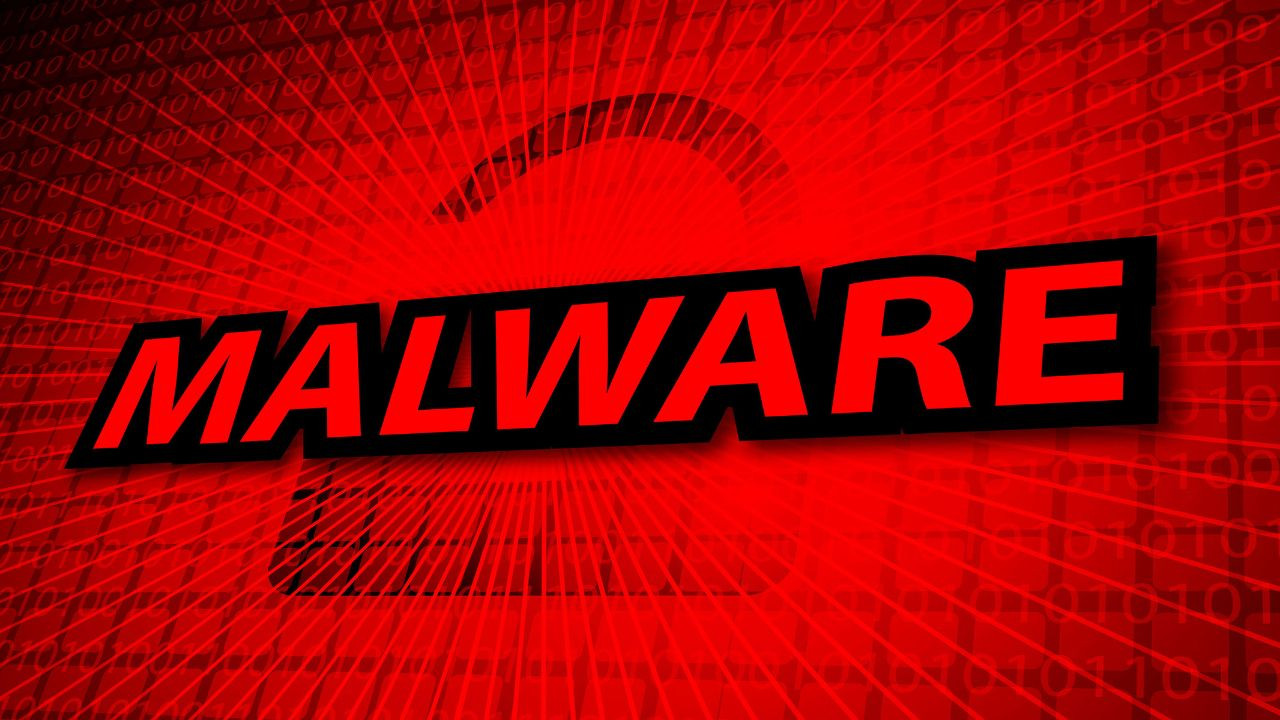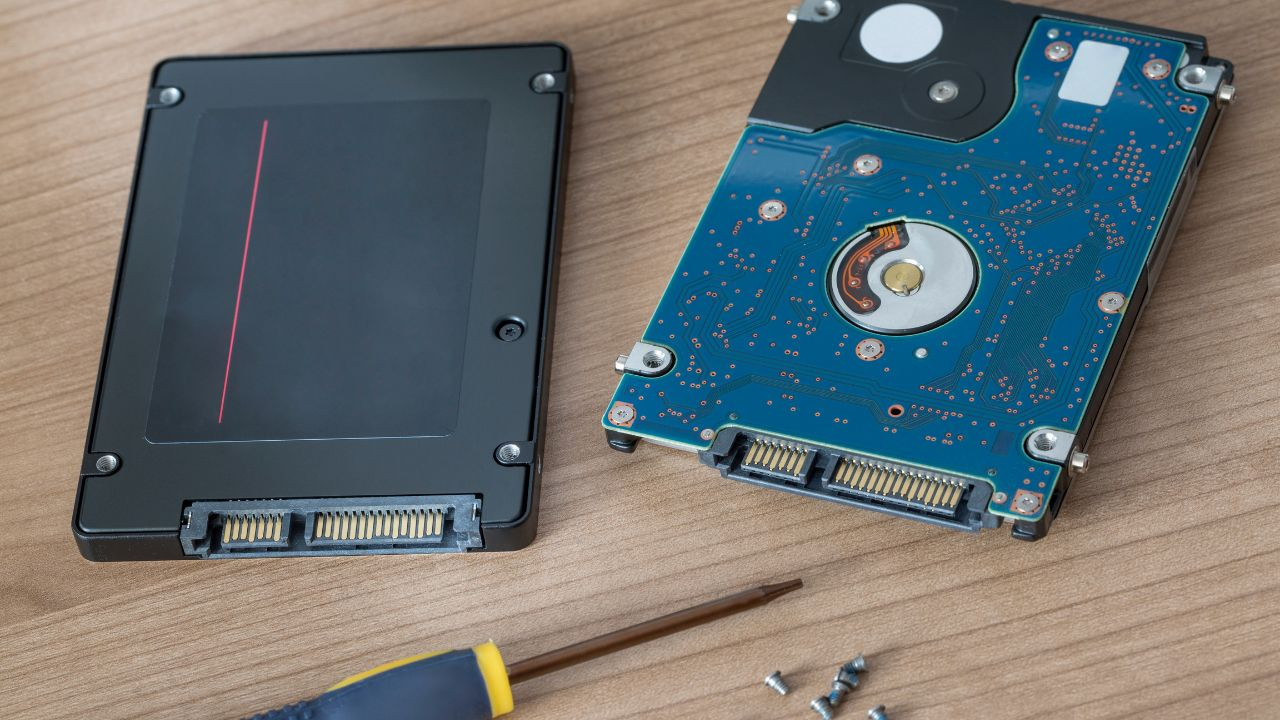Few things are more frustrating than a corrupted hard drive. Whether it’s due to a sudden power failure, physical damage, or a software glitch, losing access to your important files can feel like a disaster.
However, all hope is not lost. With the right approach and tools, you can often recover data from a corrupted hard drive (HDD). In this blog post, we'll walk you through the steps to recover your data and get your digital life back on track.
Understanding Hard Drive Corruption
Before diving into recovery methods, it’s important to understand what hard drive corruption is. A hard drive can become corrupted for several reasons, including:
- Physical Damage: Dropping your HDD or exposing it to water can cause physical damage to the internal components.
- Power Failures: Sudden power outages can disrupt the data-writing process, leading to corruption.
- Software Errors: Operating system glitches, malware, or improper shutdowns can corrupt the file system.
- Bad Sectors: Over time, parts of the hard drive can develop bad sectors that can lead to data corruption.
When a hard drive is corrupted, the data stored on it becomes inaccessible through normal means. However, specialized tools and techniques can often help retrieve that data.
Step 1: Stop Using the Drive Immediately
The first and most crucial step when you suspect your hard drive is corrupted is to stop using it immediately. Continued use could lead to further damage or overwrite the data you’re trying to recover. If the drive is external, disconnect it safely; if it’s internal, shut down your computer until you’re ready to begin the recovery process.
Step 2: Assess the Situation
Determine the severity of the corruption. If the drive is making strange noises (like clicking or grinding), it could indicate physical damage. In such cases, attempting to recover the data yourself could worsen the situation. It's best to consult a professional data recovery service for physically damaged drives.
If the drive seems physically intact and is recognized by your computer, you can proceed with software-based recovery methods.
Step 3: Use Data Recovery Software
Several data recovery tools are available that can help you retrieve data from a corrupted hard drive. Here’s how to use them:
-
Choose a Reliable Data Recovery Tool
- There are many data recovery programs available, both free and paid. Some popular ones include:
- Recuva (Free and Pro versions)
- EaseUS Data Recovery Wizard
- Stellar Data Recovery
- Disk Drill
- There are many data recovery programs available, both free and paid. Some popular ones include:
-
Install the Software on a Different Drive
- Never install the recovery software on the corrupted drive, as this could overwrite the data you’re trying to recover. Use a different hard drive or a USB stick to install the software.
-
Scan the Corrupted Drive
- Launch the recovery tool and select the corrupted drive for scanning. The software will scan for recoverable files, which may take some time depending on the size and condition of the drive.
-
Preview and Recover Files
- After the scan, the software will display a list of recoverable files. Most tools allow you to preview these files before recovery. Select the files you wish to recover and save them to a different, safe location.
Step 4: Use Command Prompt for Logical Errors
If you suspect that the corruption is due to logical errors (e.g., file system corruption), you can try using the built-in Windows utility.
CHKDSK (Check Disk) to repair the drive:
-
Open Command Prompt as Administrator
- Press
Win + Xand select “Command Prompt (Admin)” from the menu.
- Press
-
Run CHKDSK
-
Type the following command and press Enter:
chkdsk X: /f /r(Replace
Xwith the letter of the corrupted drive.) -
The
/fparameter fixes any errors on the disk, while/rlocates bad sectors and recovers readable information.
-
-
Wait for the Process to Complete
- CHKDSK will attempt to repair the drive. This process can take some time, especially if the drive is large or has many errors.
-
Check for Recovered Data
- After CHKDSK completes, check the drive to see if your data is accessible. If not, you may need to resort to the data recovery software mentioned earlier.
Step 5: Consider Professional Data Recovery Services
If your attempts to recover the data using software and command-line tools are unsuccessful, or if the drive has physical damage, it’s time to consider professional help. Data recovery experts have specialized equipment and cleanroom facilities to recover data from severely damaged drives.
-
When to Seek Professional Help:
- The drive is physically damaged (e.g., making clicking or grinding noises).
- The drive is not recognized by your computer.
- You’re unable to recover important data using software.
-
Choosing a Professional Service:
- Look for a reputable data recovery service with positive reviews.
- Be prepared for the cost, as professional recovery can be expensive, especially for severe damage.
Step 6: Prevent Future Data Loss
Once you’ve successfully recovered your data (or even if you haven't), it’s crucial to take steps to prevent future data loss:
- Regular Backups: Always keep backups of your important files on a separate drive or cloud storage.
- Use a Surge Protector: Protect your computer and drives from power surges that can cause corruption.
- Handle Drives Carefully: Avoid dropping or mishandling external drives.
- Regularly Check Drive Health: Use tools like CrystalDiskInfo to monitor the health of your hard drives.
Conclusion
Recovering data from a corrupted HDD can be a stressful process, but with the right tools and approach, it's often possible to retrieve your valuable files.
Whether you choose to use data recovery software, command-line utilities, or seek professional help, acting quickly and carefully is key to a successful recovery. And remember, the best defense against data loss is a good backup strategy—so start backing up your files today to avoid future headaches.
By following these steps, you can increase your chances of recovering data from a corrupted hard drive and keep your important information safe.






Comments (0)